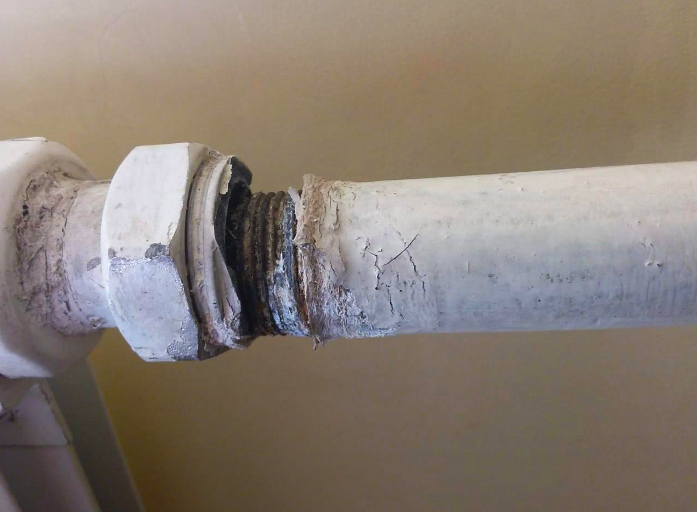Installing a mesh on the radiator grille: is it necessary to install it and how?
Users often wonder whether a mesh is needed for the radiator grille. It is believed that this is simply a decorative element that has no particular practical use. In fact, it performs not only an aesthetic function, but also serves as a cabinet, table, dryer and even increases heating efficiency. The main advantages of this design, as well as manufacturing and fastening methods, are described in detail below.
The content of the article
Why do you need a radiator grille?
First of all, you should figure out whether you need to put a mesh on the radiator grille. At first glance, it may seem that it plays a purely decorative role, although in fact such an element also solves practical problems. Installing a radiator grille performs several functions at once:
- effective camouflage of batteries - they look much more attractive and fit better into the interior;
- children and other family members are reliably protected from possible burns when coming into contact with a hot surface;
- batteries are better protected from dust, and their care is simplified;
- if you not only install a grate, but also make a box, an additional useful surface appears that can be used as a shelf, a drying rack, or even a small table.
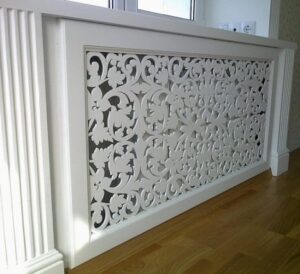
It is also recommended to install a mesh on the radiator grille to increase heat transfer efficiency.The fact is that usually a flow of hot air rises, then cools and falls, after which the cycle repeats. But curtains, a large slope of the window sill and other obstacles may interfere with it.
If you figure out how to install the mesh on the radiator grille, the result will be to create an additional air gap. Then the hot air will first heat this gap, after which the grille, and from it, infrared (thermal) radiation will penetrate into the room. Since this reduces energy loss, heating is faster and more efficient.
Types of gratings
While learning how to attach a mesh to a radiator grille, you also need to familiarize yourself with what types they come in. The classification depending on the type of structure is as follows:
- Box (stand) with a lid. Consists of three sides - two sides and one main panel. Mounting such a radiator grill mount is a little more difficult, but it turns out to be a full-fledged table that can also be used as a dryer.
- A flat panel is used for those batteries that are located in a niche (as is provided in most designs). In this case, there are no protruding parts, so the grille serves to solve aesthetic and practical problems (improving heat transfer).
- If you have doubts about whether to put a mesh on the radiator grille, you can simply use a hanging screen. In fact, this is also a flat panel, but it is mounted on a protruding battery - as a rule, in office and administrative premises.
There are several ways to install a protective mesh on a radiator. But before you begin installation work, it is also recommended to pay attention to the material from which the grille is made:
- tree;
- metal;
- strained glass;
- plastic;
- board (for example, MDF, chipboard).
Products made from wood look the most beautiful; besides, they are environmentally friendly and allow you to make almost any pattern and cover them with different paints and varnishes. But under prolonged exposure to dry hot air, they begin to deform and collapse. To prevent this from happening, it is necessary to choose high-quality wood that is initially well dried.
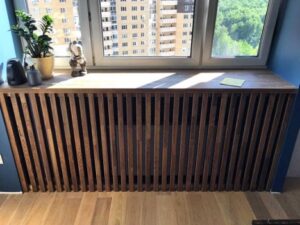
Metal screens are more durable and transfer heat even better, but they become very hot. Plus they don't look as nice. Although they are very easy to install - figuring out how to attach the grille to a heating radiator is very simple.
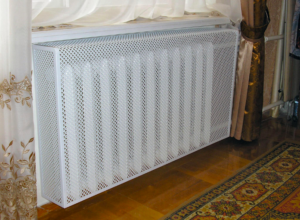
Quite popular screens are made of tempered glass, which heats up much worse than metal. They can be decorated with LEDs or all kinds of patterns and designs. But in terms of price, such products are significantly more expensive than many other models. Plastic in this regard is the most budget option, but it is short-lived. And MDF panels look beautiful, but can retain heat.
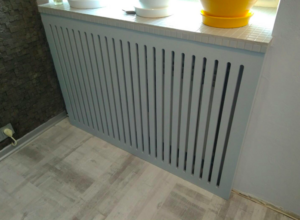
Step-by-step manufacturing instructions
Installation of a heating radiator grille is carried out in two ways - you can purchase a ready-made screen, having previously taken measurements, or you can build the structure yourself. This is not difficult to do, you just need to stock up on materials, tools and available supplies:
- panels for the box, for example, MDF or chipboard;
- metal mesh;
- metal sheets or foil (they are installed at the back to maximize heat reflection);
- fastening elements - screws, bolts, dowels, small nails, angles, anchors, staples;
- hammer;
- installing a radiator grill also requires the presence of a drill with a set of drills;
- hacksaw for working with wood and metal;
- sandpaper;
- glue;
- construction stapler;
- construction tape.
If you have already figured out whether a mesh is needed for the radiator, and what design it should be, you can start assembling. The instructions can be considered using the example of the most complex and at the same time most attractive design - the box.
Taking measurements
At the preparatory stage, instructions on how to install the grille on a heating radiator are taken, measurements are taken and a sketch is prepared, according to which they will work in the future:
- Measure the width and height of the battery surface. Moreover, 5 cm is added to the height, and 10 cm to the width.
- Measure the depths and add 2.5 cm. Mark on the sketch the places where the pipes go.
- The dimensions of the top cover are outlined, taking into account that its width should be 1 cm larger than the width of the sides (ends).
Cutting out the parts
To correctly install the radiator protective mesh, you next need to transfer the measurements to the material and make blanks:
- Redraw the measurements onto the grid and cut out the desired fragment.

- Cut slats for the facade (4), sidewalls (4 for each) and lid (also 4). The design can also include a solid cover - then the pattern is transferred to the corresponding fragment of the MDF or chipboard panel.
- The limbs of each slats are cut down, maintaining an angle of 45 degrees. The edges are sanded.
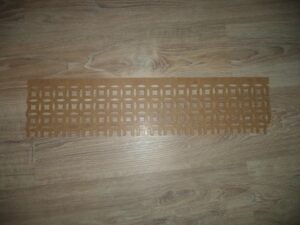
Assembly and installation
During installation, the facade slats are glued and reinforced with small nails. The slats, sidewalls and covers are mounted in the same way. The cut out fragment of the mesh is secured using a stapler. The panels are connected together with self-tapping screws, then the surface is decorated.
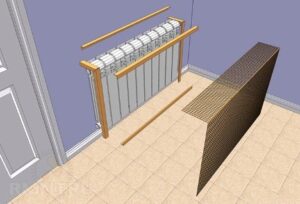
There are several ways to install a protective mesh in front of the radiator:
- On the legs - metal corners are fixed to the lower part, and to them - legs for a sofa or other furniture.
- Hang on hooks with dowels.
- Secure with anchors and bolts.
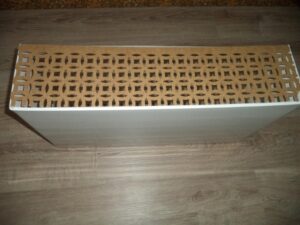
Now it’s clear how to install the grid on the batteries. It is not necessary to build the structure yourself - if the task seems labor-intensive, you can purchase ready-made screens taking into account the size of the radiators. But if you plan to install a box, this is done on an individual order, since it is necessary to take into account not only the dimensions, but also the design of the room.





